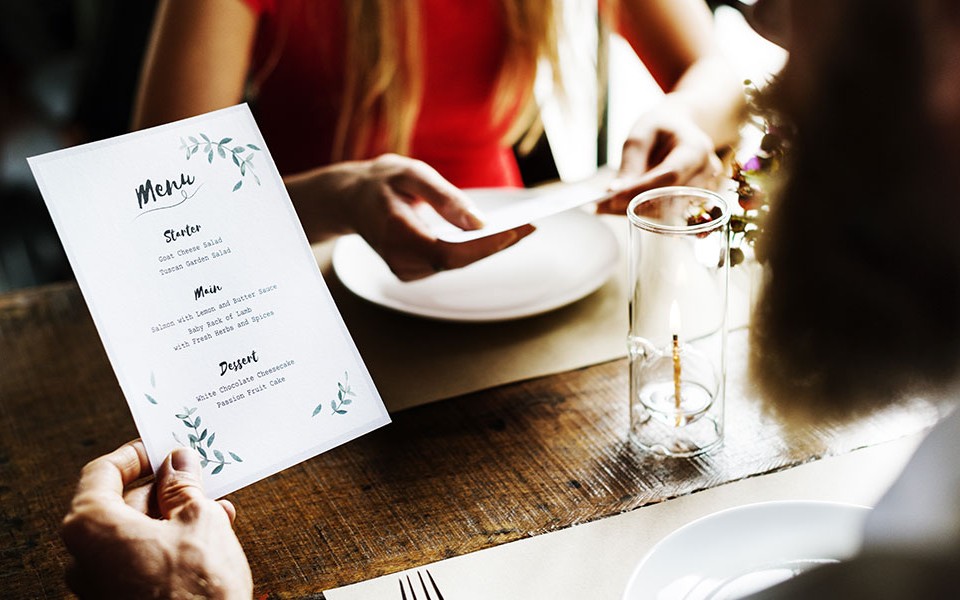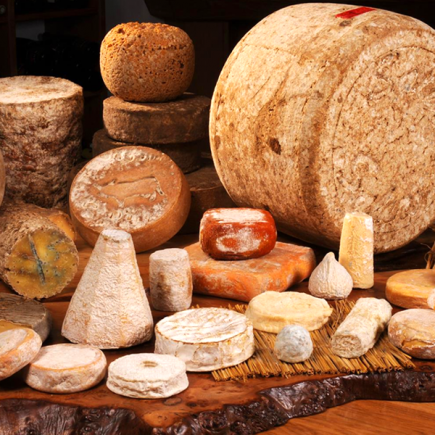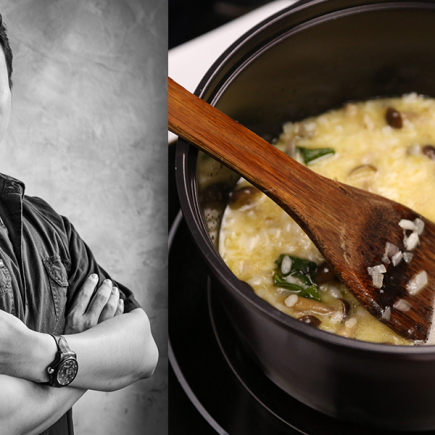
A Menu for Success
Whether you’re opening a new restaurant, welcoming the new season or simply injecting a breath of fresh air into your current one, developing a menu can be an incredibly stressful, but also an undeniably rewarding task. You have to juggle numerous factors, from the produce that’s in season, to the demands of your core clientele.
What’s more, nailing down the main menu isn’t the end of the road by any means. A great menu is one that incorporates the requisite flexibility to accommodate off-the-cuff requests from picky customers, unusual allergies, unforeseen supply shortages and, of course, sudden strokes of inspiration before service begins. In short, you need a main menu — but also a Plan B, Plan C and last-resort contingency plans.
Big-picture considerations — A macro perspective
Supplier
The first, and most important consideration, is your choice of supplier. No one knows the produce and product better than the supplier. It is in contact with the farmers, the winemakers, the affineurs, the fishermen. You’re looking for suppliers that see themselves as a partner in your restaurant’s success, rather than merely a wholesaler or distributor.
A good supplier takes the time to understand your business, get to know your ambitions and your clientele, and work within your budgetary constraints. And of course, because it understands that a restaurant is only as good as its last service, it should adhere strictly to timelines, delivery quantities and cost estimates, ensuring that the menu which you plan is the menu that you put on the plate.
Menu strategy
A menu determines the overall customer experience. A cohesive menu strategy should deliver brand personality to diners, and ultimately, helps you navigate the way to desired business results. To begin the process, ask yourself one simple question — what do you want your restaurant to be known for? From here, begin to develop a flavour profile with supporting elements such as colours and textures that will help you deliver that wow factor within your desired menu.
Another goal for designing a menu is to keep it simple and memorable. Remember, an over-elaborated menu is likely to hinder productivity of the restaurant, cause confusion and even anxiety among your guests. An easy way to simplify your menu is to list out all your desired dishes, then, rather to narrowing the list down, allocate the extra dishes into small groups so you have readily-available resources in the future.
Food cost and pricing
It’s simpler than you think — how much you pay for food will determine how much you need to charge for it. Food costs fluctuate season by season, and also depends on the weather, the price of gas and more. Ingredients may cost three times more than the previous week, just like that. You can’t control the price jumps but your menu. So balance more expensive items, which are prone to price fluctuations, with items that have stable prices.
Your pricing should also pay for everything else that goes on in the restaurant, including the rent, electric bill, those who serve the food, clean up after the food and so on. Ask yourself if the menu items can be priced accordingly for your target customers and the local economy, whether there is enough room for profit and enough balance in the pricing. Last but not least, your goal for average revenue per customer.
Caring for the environment
Restaurants have never been more involved in contributing to protecting the environment. Forward-thinking chefs are not only dedicated to their craft, but also become advocates of sustainability through how and what they cook. When designing a menu, you’ll also want to consider sourcing suppliers that value sustainability and offer traceability in food production, as well as utilising ingredients as much as possible to reduce food waste.
Developing each dish — A micro perspective

Once you’ve considered the big-picture factors outlined above, it’s time to start looking into the details. Of course, one important element of menu creation is trial and error. There’ll be plenty of experimentation and taste-testing, and most of the recipes you write will get binned. That’s all fine. The path to perfection is littered with the ghosts of unused recipes. But trial and error does not mean that menu-writing consists solely of shots in the dark. Here is our suggested approach.
Consider the season (Extending reading: Seasonality)
Your customers will dine better, and your restaurant’s bottom line will perform better, if you build the menu around what’s in season. It may create extra work for you in the short-term, because you’ll have to rotate the menu as the seasons change. But you know what the great thing about seasons is? They come back — and when spring, summer, fall or winter roll around next year, you’ll have last year’s menu to work from!
Food allergens
There’s a lot of debate around food allergies — whether they’re psychological, whether diners use them as an excuse to avoid ingredients they don’t like (rather than can’t eat), whether to ban those with certain allergies from your restaurant altogether. But in our opinion, restaurants, as a hospitality establishment, should do its best to cater for every customer. So, do consider food allergens when putting a menu together. It’s not possible to avoid every allergen, but common ones such as eggs, nuts, dairy, shellfish and gluten are easily identified, and a versatile menu should be able to accommodate these allergies with minor modifications to the recipe.
At the end of the day, the recipe for a successful menu is to keep it simple and focused with items that you want to be known for, while differentiating your concept from local competition and offering a balance in pricing. Designing a menu is an exciting process of creativity and self-discovery. Many chefs fear it. But if you have the right mindset, approach and supplier, you will welcome the opportunity to show off your imagination and skills. Speak to Olivier Pacific today and start building your menu around the freshest produce available!
(Image courtesy of nordicfoodlab.org)

